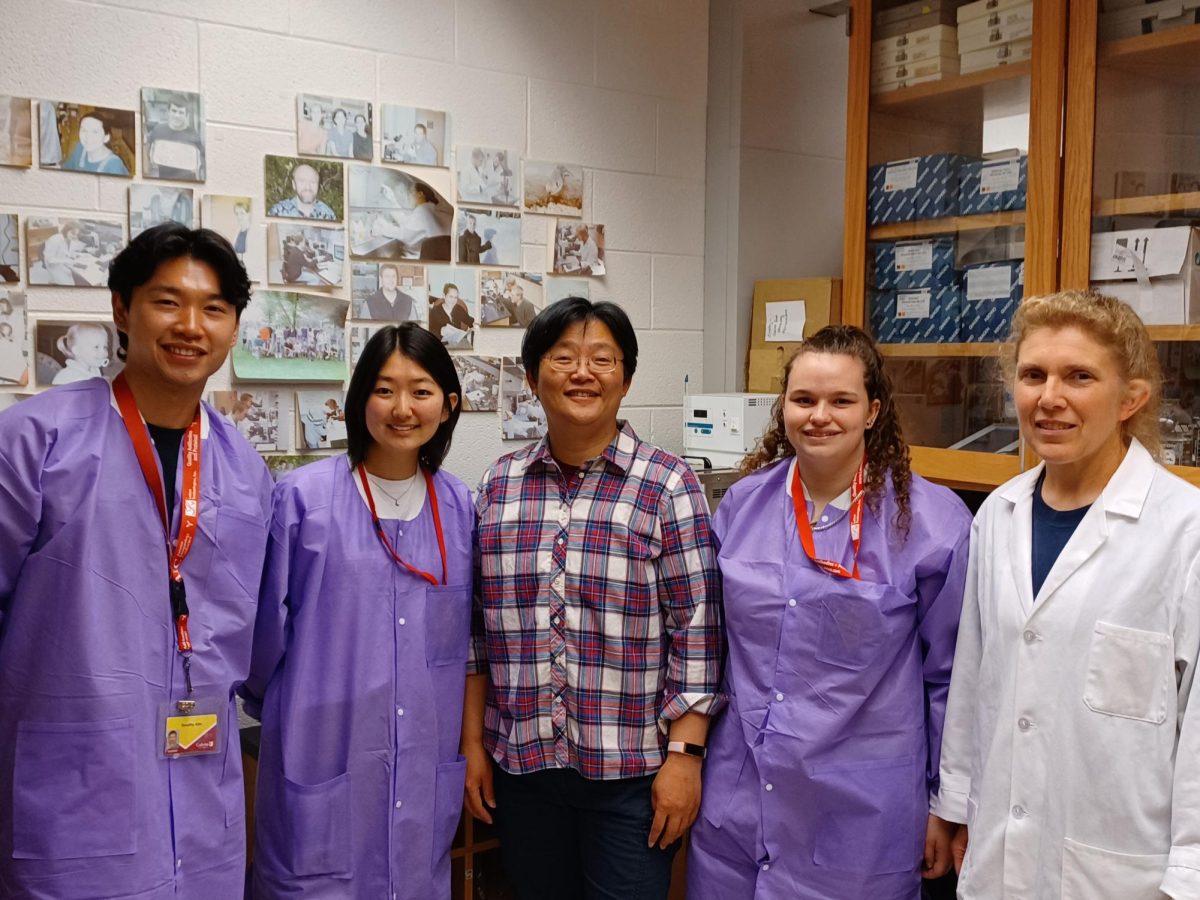Nanotechnology, dealing with manipulations of atoms and molecules to the billionths of a meter, is an increasingly growing field; yet many of its applications remain disguised. Nanotechnology is an expanding field that is being integrated into our daily lives as its technology is increasingly embedded in our smartphones, many of our sporting goods and even some of our foods. This isn’t an exhaustive list, however. Nanotechnology is making its way into modern medicine and, maybe soon, even into our cells.
A groundbreaking discovery of the effects that nanotechnology could have on cells was released in an article in the October 30 publication of the journal Nature. A group from the Lawrence Livermore National Laboratory in California covered some underexplored ground in the field of molecular delivery in which they used a type of nanotechnology called carbon nanotubes (CNTs) to serve as synthetic channels in cells. Their findings suggest that CNTs’ straw-like shape is an ideal structure to penetrate a biological membrane, in addition to serving as an excellent transport channel.
These carbon nanotubes became of special interest to researchers involved in bioengineering as a way to deliver molecules to the interior of cells a number of years ago. However, according to the article, the designing of a synthetic material that matches or comes very close to matching that of a natural channel has not been elementary. The reason for this is that these channels are composed of proteins, which take on a complex 3-D shape.
Currently, there is no known technology capable of representing a protein’s 3-D shape, which is derived from its linear structure; the birth of this kind of technology would be Nobel Prize-worthy.
Nevertheless, major headway was made a couple weeks ago by the researchers at Lawrence Livermore, who successfully designed a channel with behavioral characteristics remarkably similar to those of natural channels. This behavior selectively allows atoms—or even some macromolecules such as single-stranded DNA—to cross the cell membrane, which serves as a barrier between the inside and outside of the cell.
The researchers established the characteristic behavior of these synthetic channels by studying a number of transport properties of CNTs and by observing the integration within a membrane.
These researchers studied much of the bio-nanofluidics, or the exchanges of fluids within a cell at the scale of billionths of a meter. This nanoscale regulation of fluid exchange is essential for cellular processes in many respects. In this case, the researchers specifically studied how CNTs affect water, proton and macromolecule movement such as that of DNA. In addition to determining what these channels could transport, they explored how well the channels embedded into the membrane, and found this also took place remarkably well. Never before had all of these dynamics worked so well together.
This new finding has immense implications, especially in the field of pharmacology. Currently, drug administration often produces adverse effects in one region of the body, but desired effects elsewhere, because the drugs are transported into many more cells than only the desired ones. By using these carbon nanotubes, it may soon become possible to direct drugs only to the desired tissue, thereby excluding the drug from other parts of the body where it could cause harmful effects. This in turn would revolutionize the way we use drugs, and potentially help make drug therapy far more specific and effective than is currently possible.








